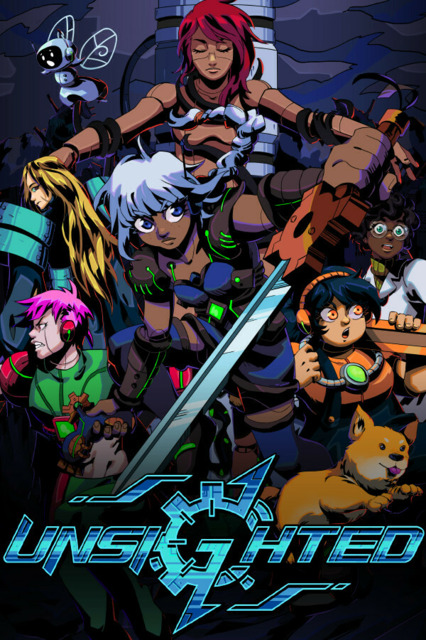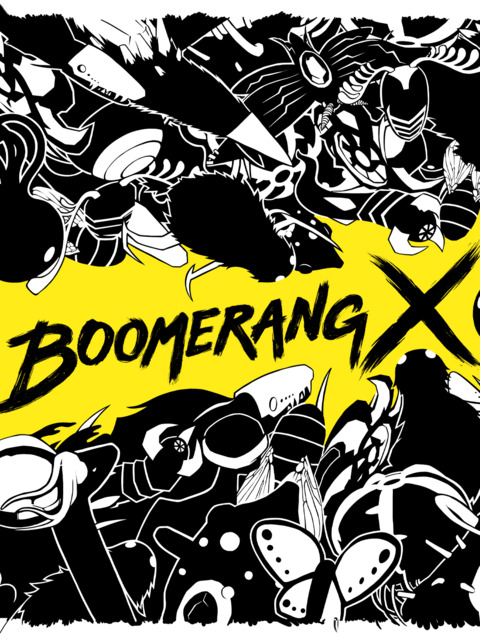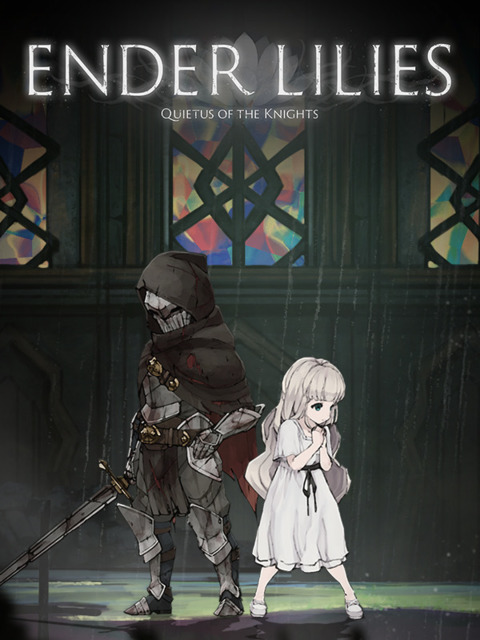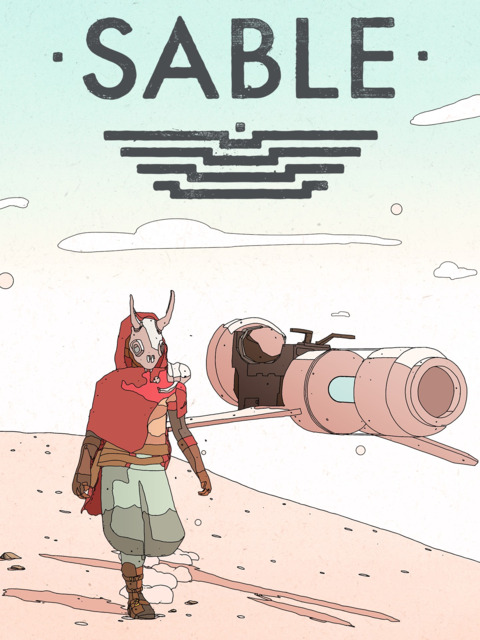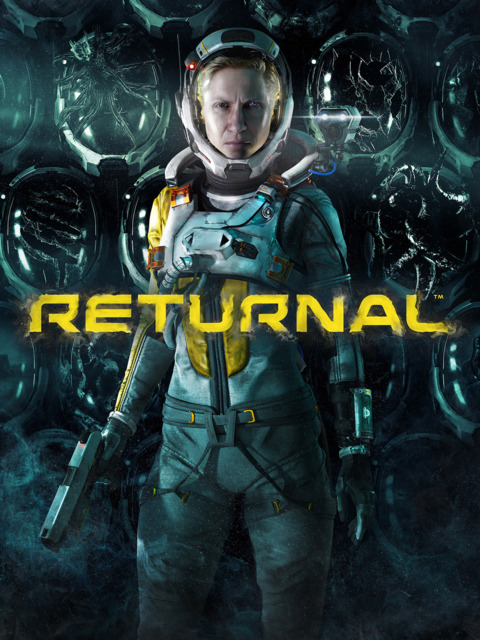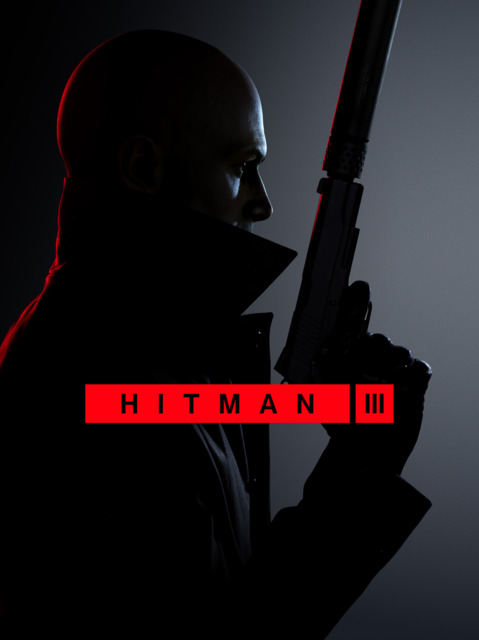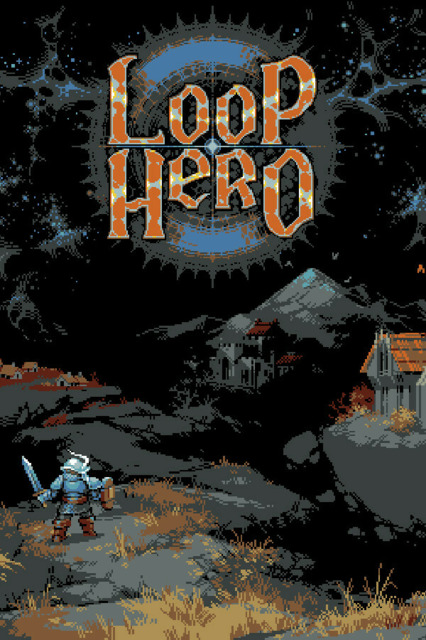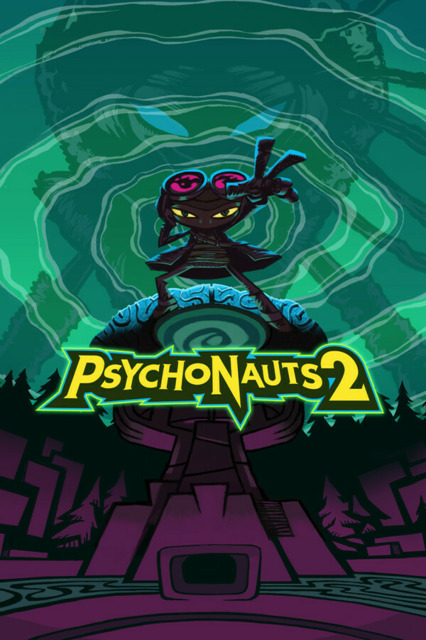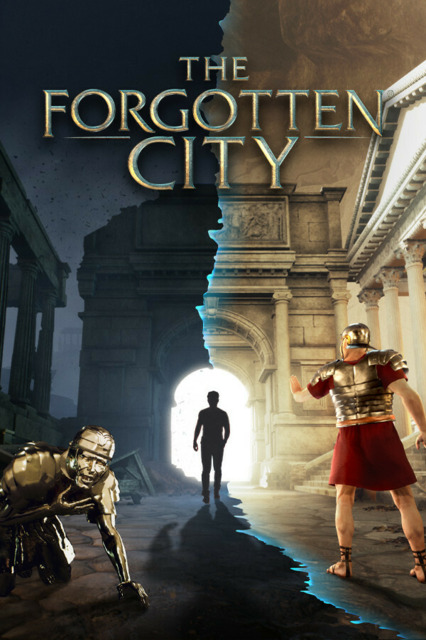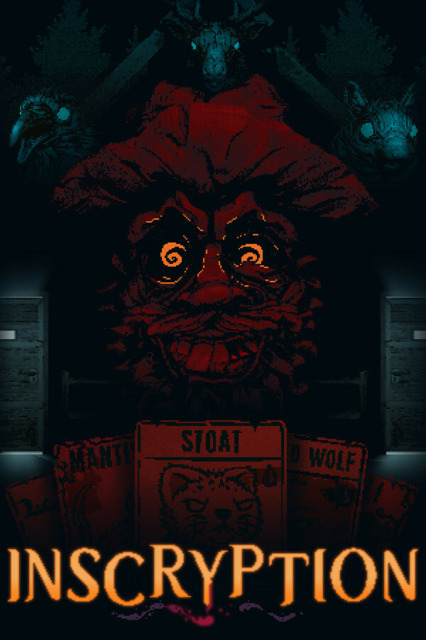GOTY 2021
Here we are once again, looking at the year that was. And it was a year, or so they say. I'll spare myself from trying to write out any high level thoughts here about the year, other than to say: I liked the video games below quite a bit!
Enjoy!
Honorable Mentions: Life is Strange: True Colors, Metroid Dread

